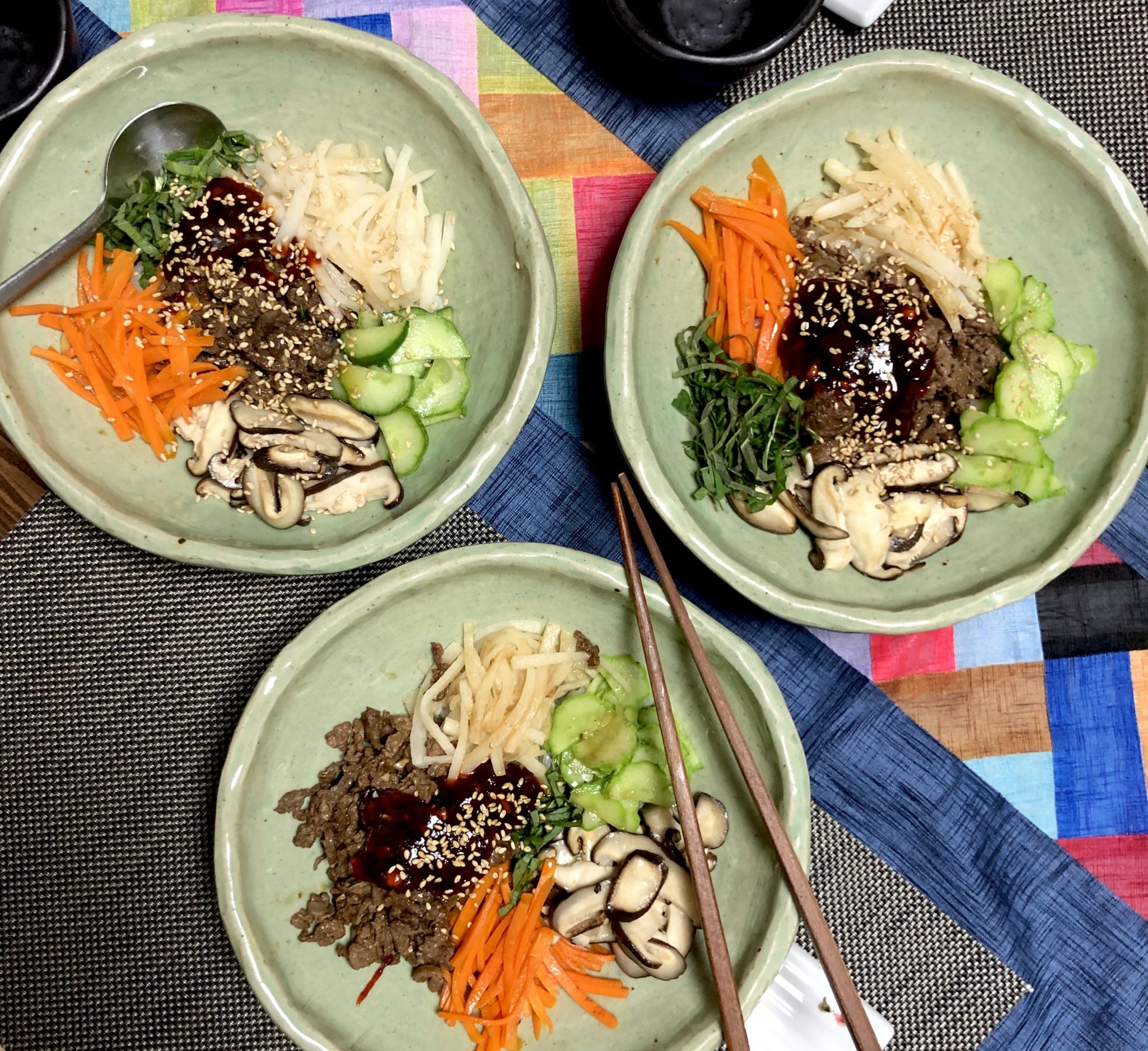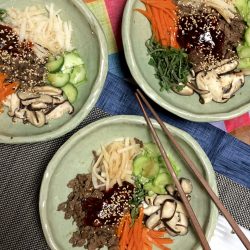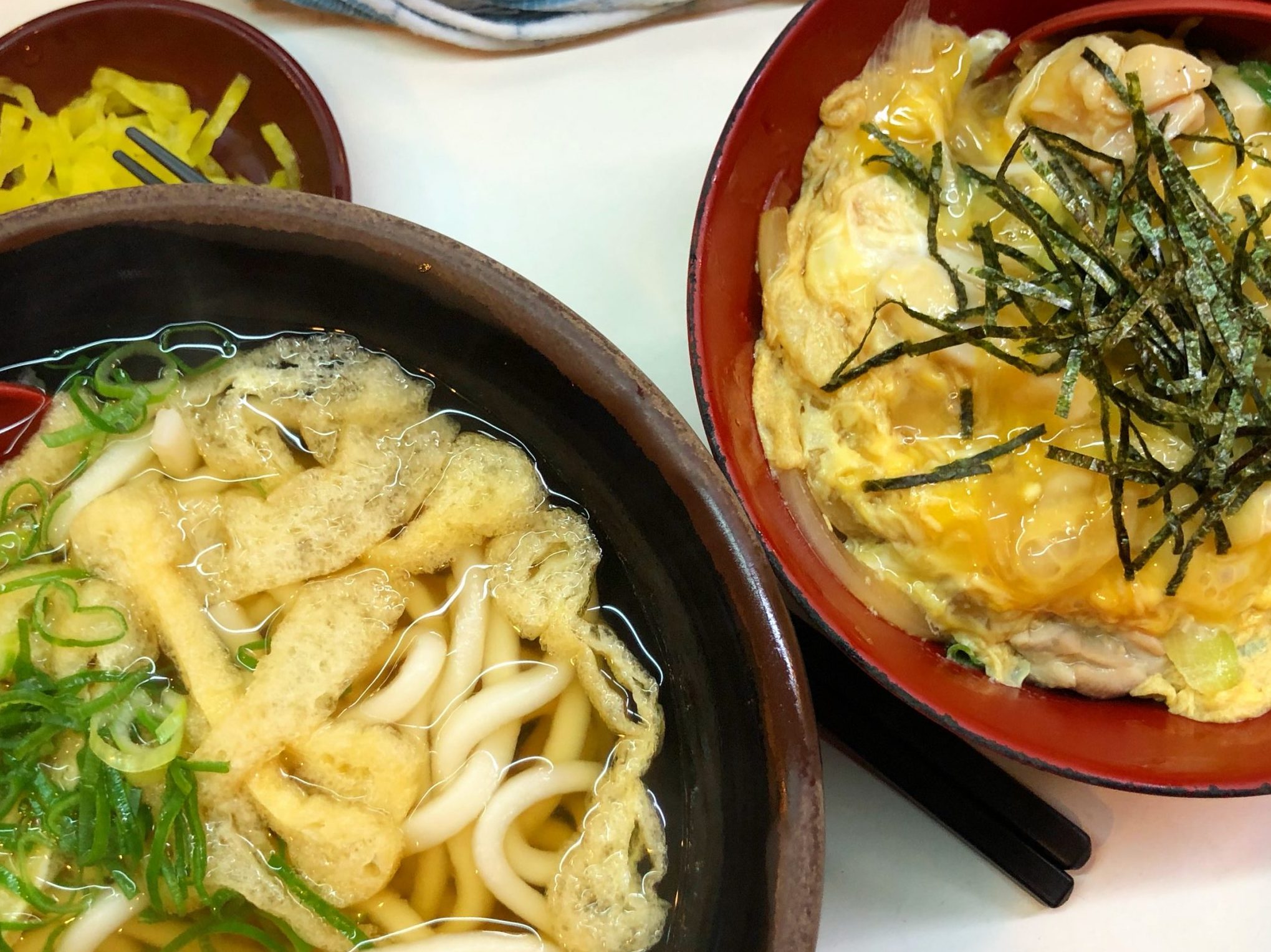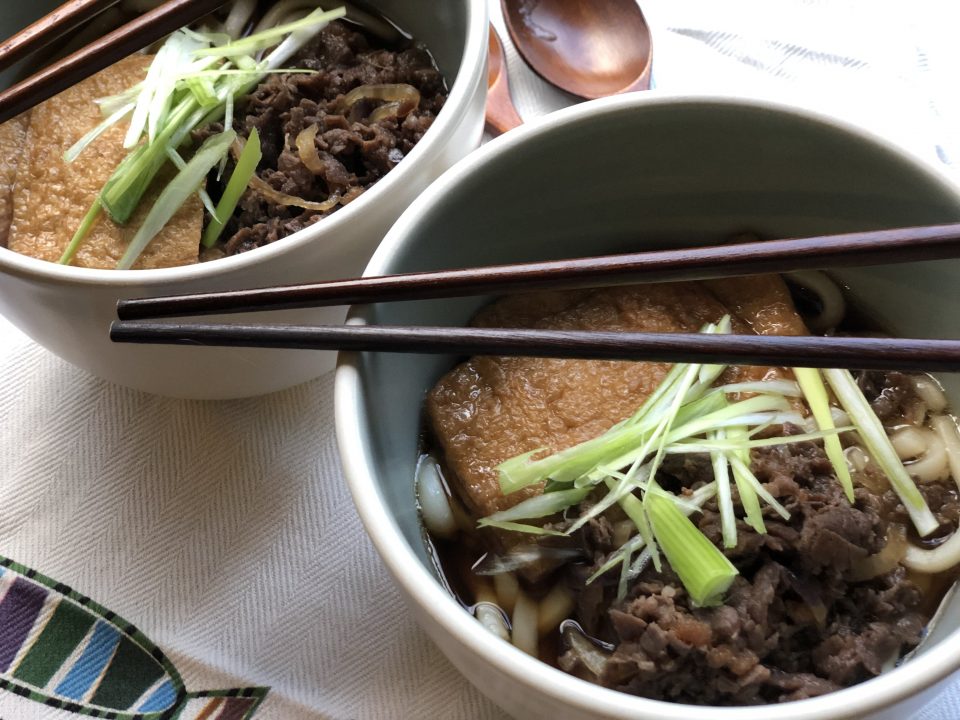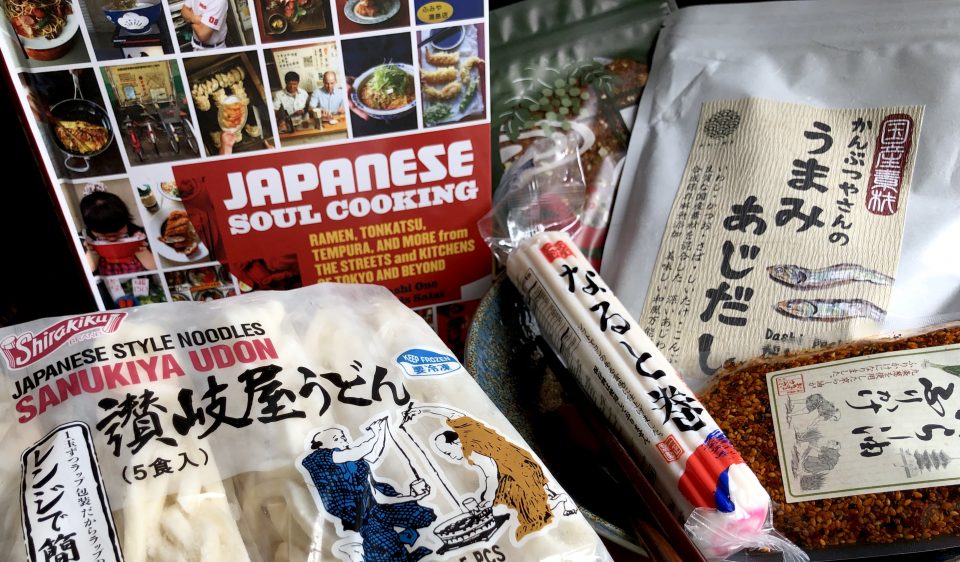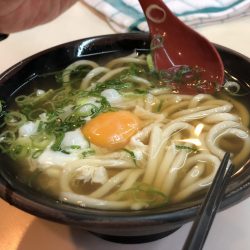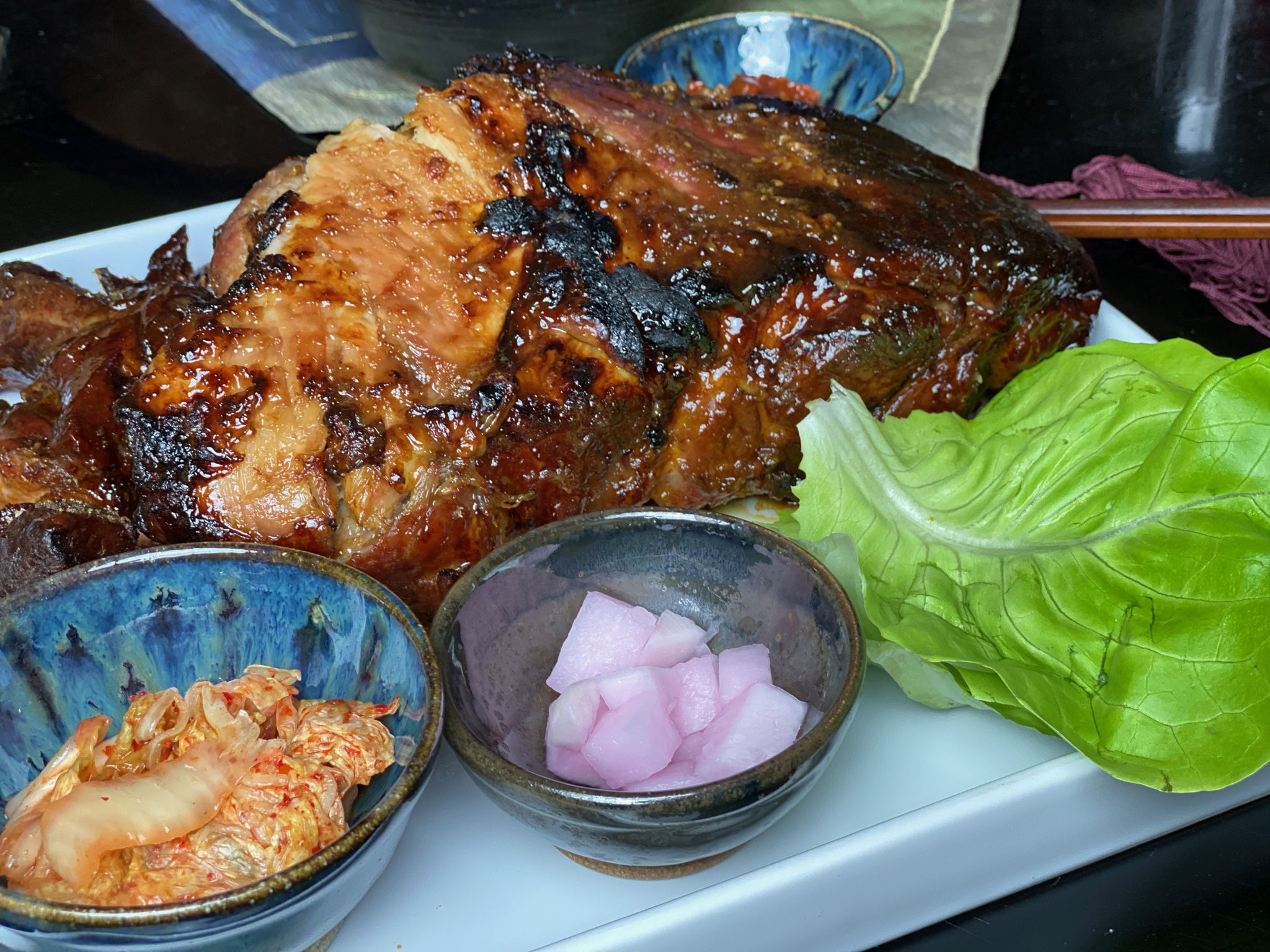
Hit Me With Your Bo Ssam, Fire Away (Momofuku’s Bo Ssam Slow Roasted Pork)
Need a dish to feed a big crowd? A dish that is easy to make and requires little attention? I have just the dish!
Bo Ssam
Whaat? The best description I can give you is Korean Pulled Pork.
I have been meaning to try David Chang’s (Da Momofuku Man) recipe for Bo Ssam. His Momofuku Cookbook is hands down one of my favorites. I actually like curling up in a chair and reading his cookbook. Great narrative and I can relate to his use of “colorful” vernacular in the book. When I had my kids I FORCED myself to limit the expletives that normally flowed through my lips. I did a pretty darn good job until they were all ensconced in high school (or was it middle school?). Then the flood gates reopened. Am I proud of this? No, but for me, a verbal flurry of choice words is very cathartic. I like to think of them as adjectives with emphasis NOT directed verbs.
Back to Bossam. Actually, traditional Bossam is pork belly boiled not roasted. The Momofuku twist? Slow roasting the pork. Start with a nice FATTY Pork Butt roast (aka Boston butt or shoulder). Make a rub of Kosher salt and sugar and rub this all over the roast. Discard any excess rub. Let the roast sit for 6-24 hours in the fridge. Use coarse Kosher Salt Coarse made by Diamond. Don’t use regular table salt or sea salt, it will be way too salty. Morton’s also has a Kosher salt but it is actually saltier than Diamond.
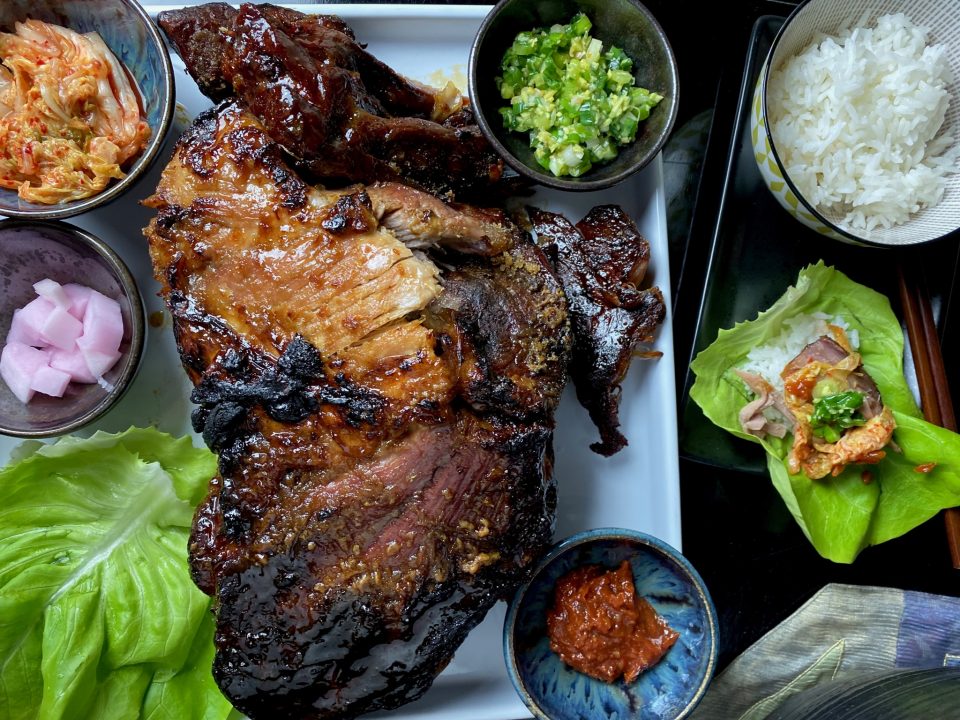
Remove the pork from the brine, put it in a pan and roast for oh…SIX HOURS. I know a long time, but that’s what gives you tender, melt in your mouth bites of pork that you eat with all the trimmings-kimchi, rice, Momofuku’s ginger scallion sauce or ssamjang, and raw oysters (optional) wrapped in lettuce. A brown sugar, salt and vinegar paste is painted on the roast and broiled for a caramelized, crispy, crust. Yum. Its a fun and incredibly delicious. Perfect to share with family and friends.
I tweaked the Ginger Scallion Sauce a bit. I actually heated the oil before adding it to the sliced scallions and minced ginger and rounded the soy sauce to 2 teaspoons. I took the lazy way out and used commercial Ssamjang Sauce and added some sesame oil and seeds. Ssamjang is made with of doenjang, gochujang, sesame oil, onion, garlic, green onions, and optionally brown sugar. Packs a flavor punch and is perfect with grilled foods.
Set everything on the table, condiments, veggies and that big beautiful pork butt. Let everyone make their own wraps. Take a piece of lettuce add a bite of rice, a dollop of sauce (ginger-scallion or ssamjang or both), a bit of kimchi and of course a nice little chunk of the meltingly tender, pork.
Serve with banchan on the side-cucumbers, potatoes, seaweed, whichever ones you prefer even a nice simple green salad would be wonderful.
Enjoy.
MOMOFUKU BO SSAM
Ingredients
Pork Roast
- 8 to 10 pounds 1 piece pork butt, ideally bone-in with some fat ok lots of fat
- 1 cup granulated sugar
- 1 cup coarse Kosher salt preferably Diamond
Topping
- 1 Tbsp coarse kosher salt
- 7 Tbsp brown sugar
- 2 tsp apple cider vinegar
Sides:
- 1 dozen raw oysters shucked optional
- 1 cup Napa Cabbage Kimchi plus 1 cup puréed
- 1 cup Ginger Scallion Sauce see link in post
- Ssämjang
- Cooked Short-Grain Rice Count on a bowl of cooked rice per person
- 3 to 4 heads Bibb lettuce leaves separated, well washed, and spun dry
- Maldon or other high-quality coarse sea salt
Instructions
- Place the pork in a roasting pan or baking dish. It should fit snugly. Combine 1 cup of sugar and 1 cup of the salt in a bowl and mix them well. Rub the mixture all over the meat. Cover it with plastic wrap then refrigerate it at least 6 hours or overnight. discard an excess sugar salt mix.
- Heat the oven to 300 F. Cover the roasting pan with cooking foil. Wrap it around at least twice covering all the gaps. Remove the pork from the fridge and discard any juice. Leave the rub on the pork.
- Place the pork in a roasting pan (fatty side up), set in the oven and cook it for about 6 hours. (This can vary depending on the size of the pork. See note below) Once cooked, the pork should be very easy to pull apart with tongs and forks. Remove the pork from the oven.
- Combine the remaining salt, brown sugar and vinegar in a small bowl. Mix well. Gently rub the mixture all over the cooked pork (mainly the top of the pork). Use the back of a spoon to rub paste on pork since the roast will be pretty hot.
- Turn the oven to 500 F. Place the pork in the oven and cook it until a dark caramel crust develops on the meat. It takes 5 to 10 mins. Serve hot, with the accompaniments.
- When you first pull off the pork, it’s very moist and tender, but it dries out fairly fast (like within 20 mins)! So serve immediately and eat up. It still tastes good though!
- For an easy ssam sauce, buy the ssamjang tub instead of making it from scratch. Add a couple of drops of sesame oil and a sprinkle of sesame seeds to the ssamjang if you like.
Notes
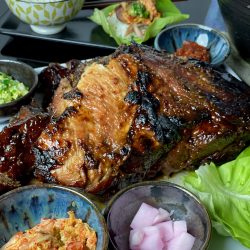
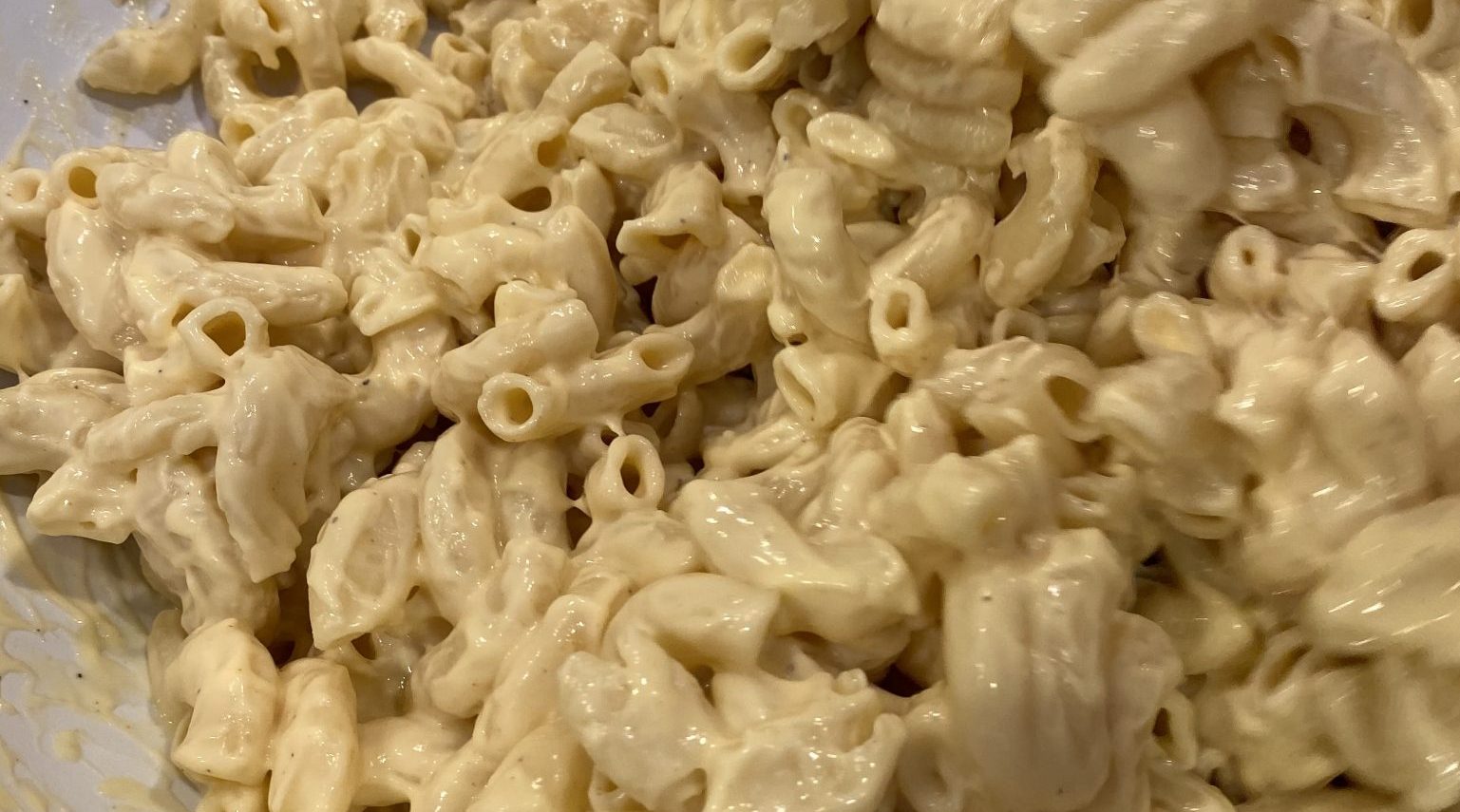
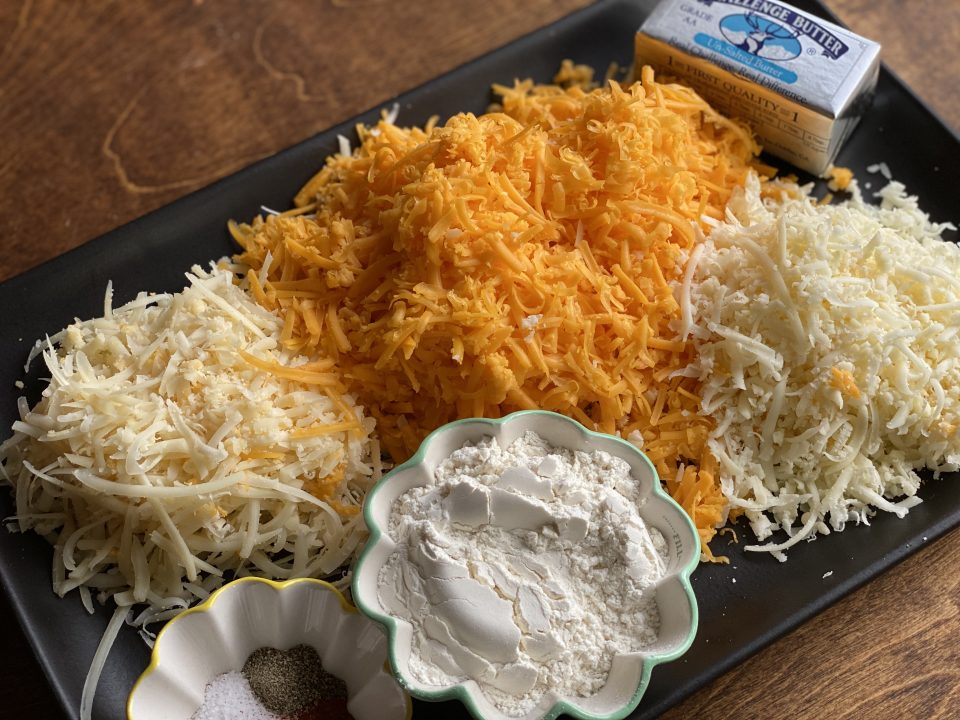
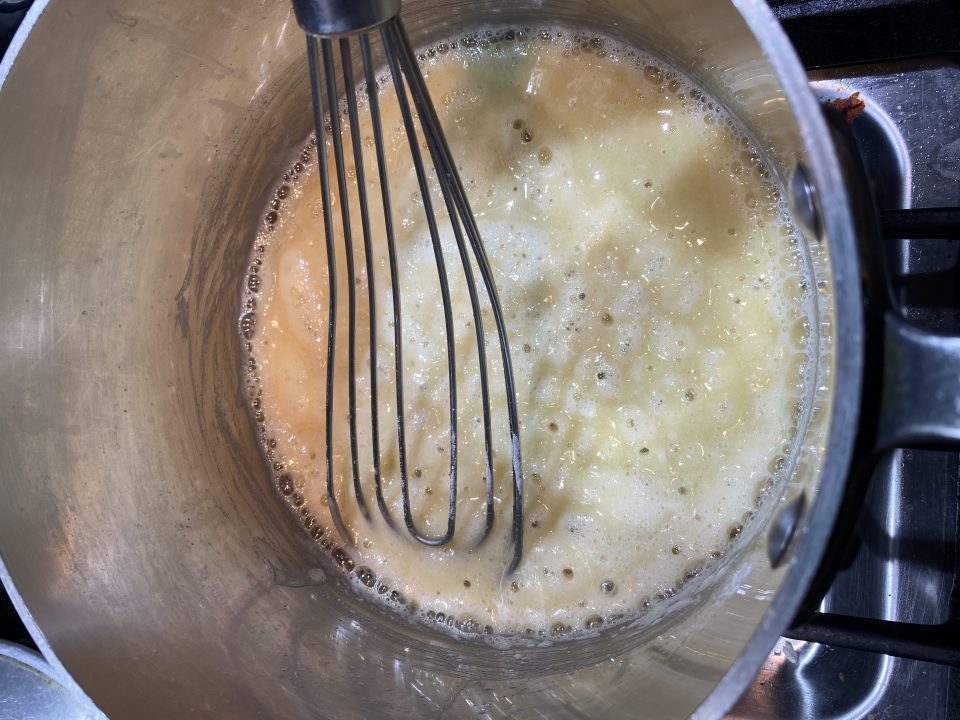
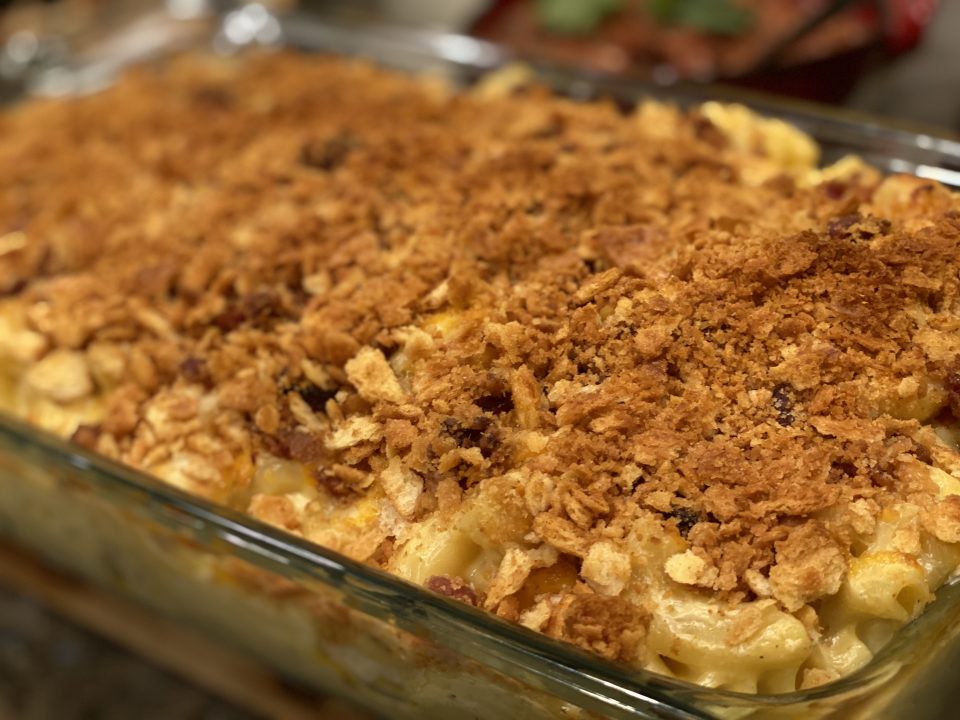

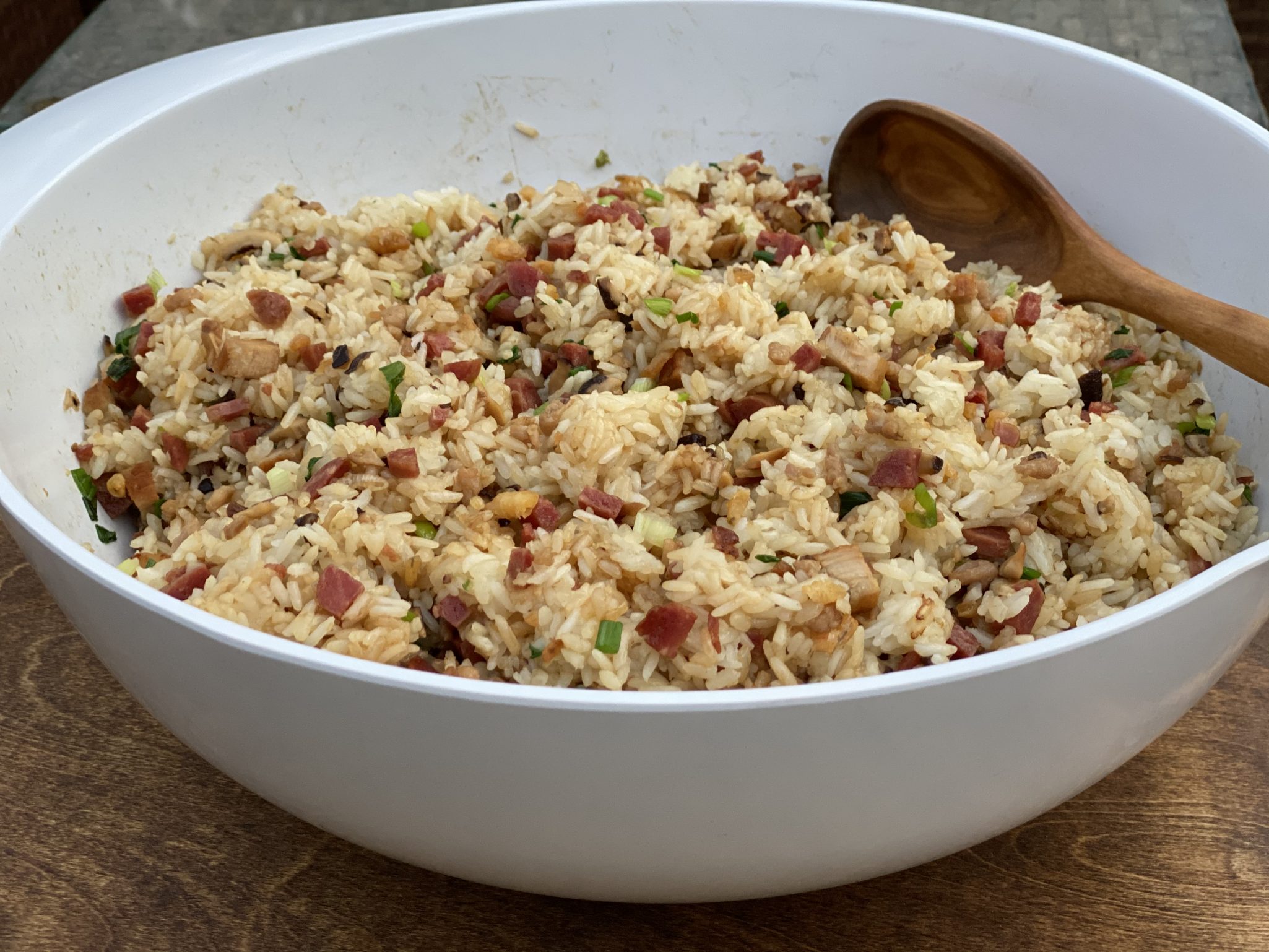
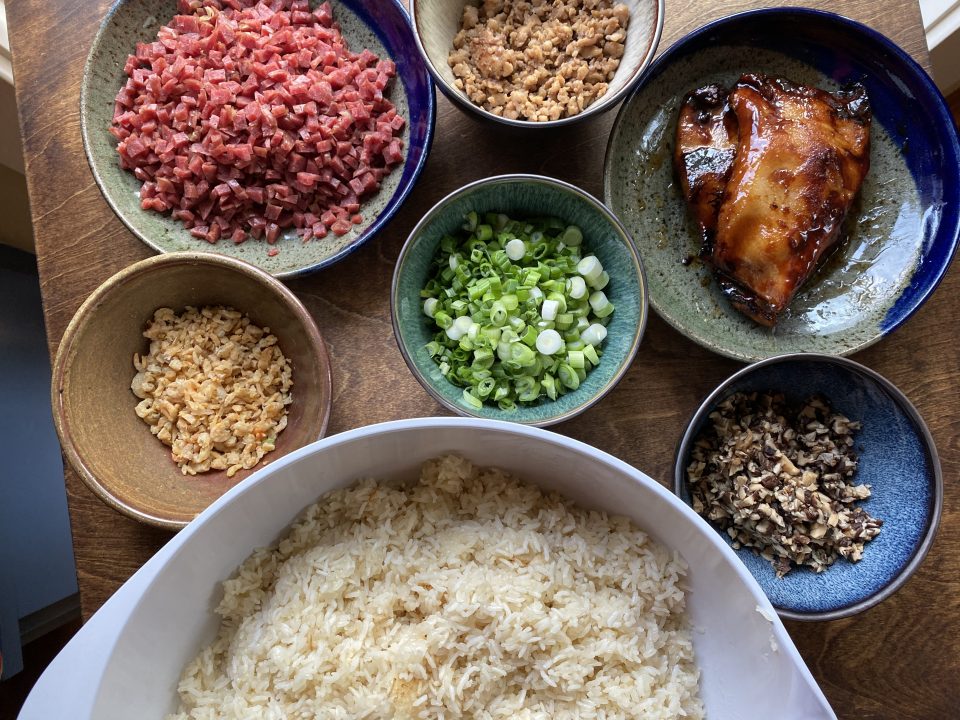
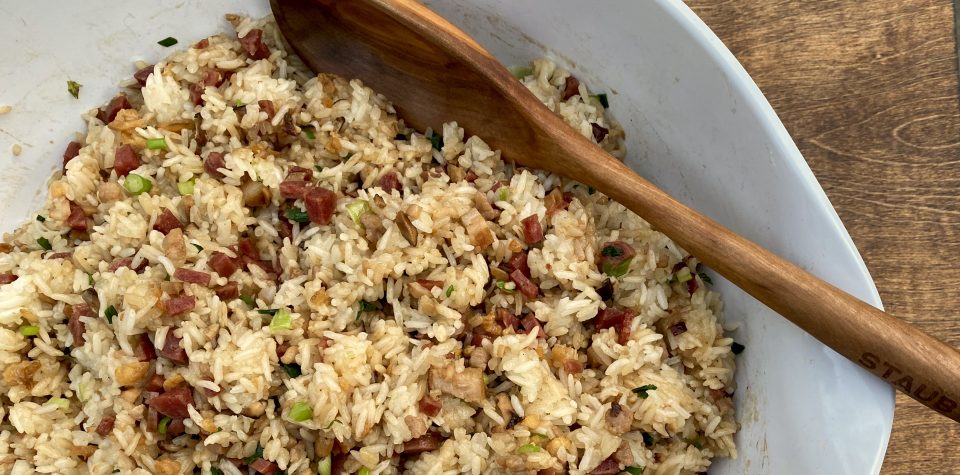

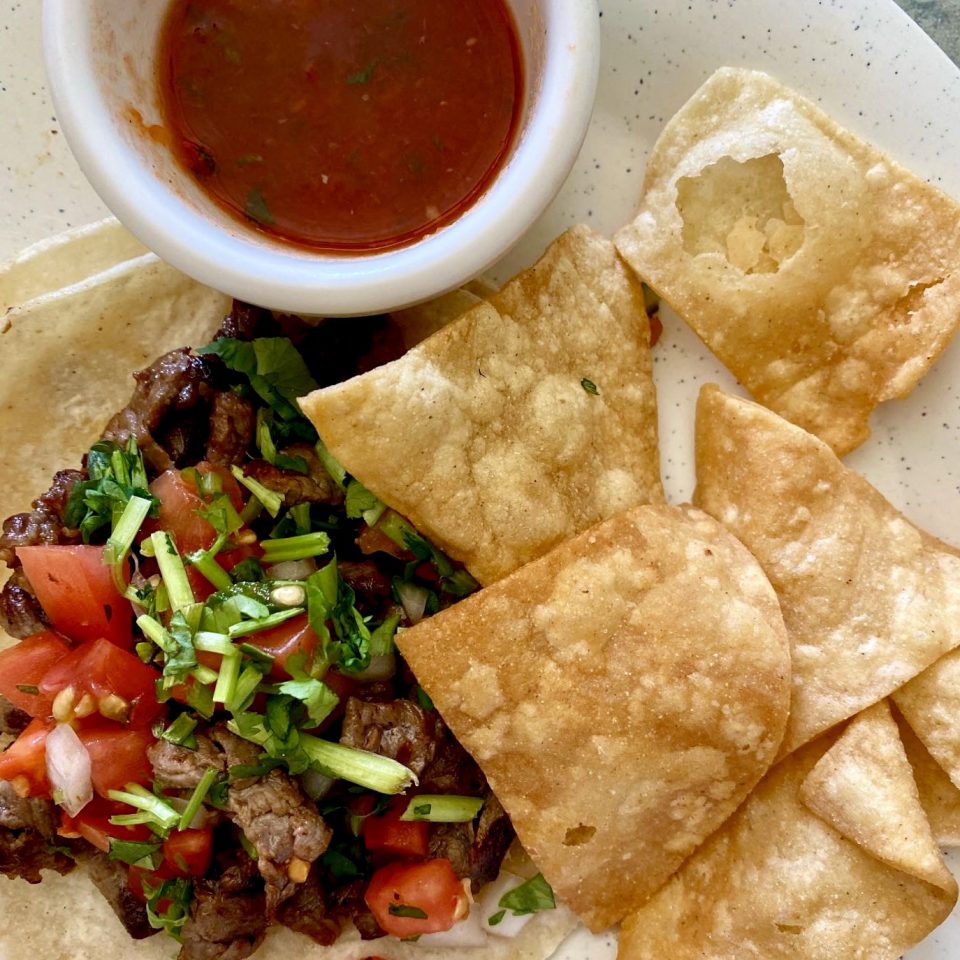
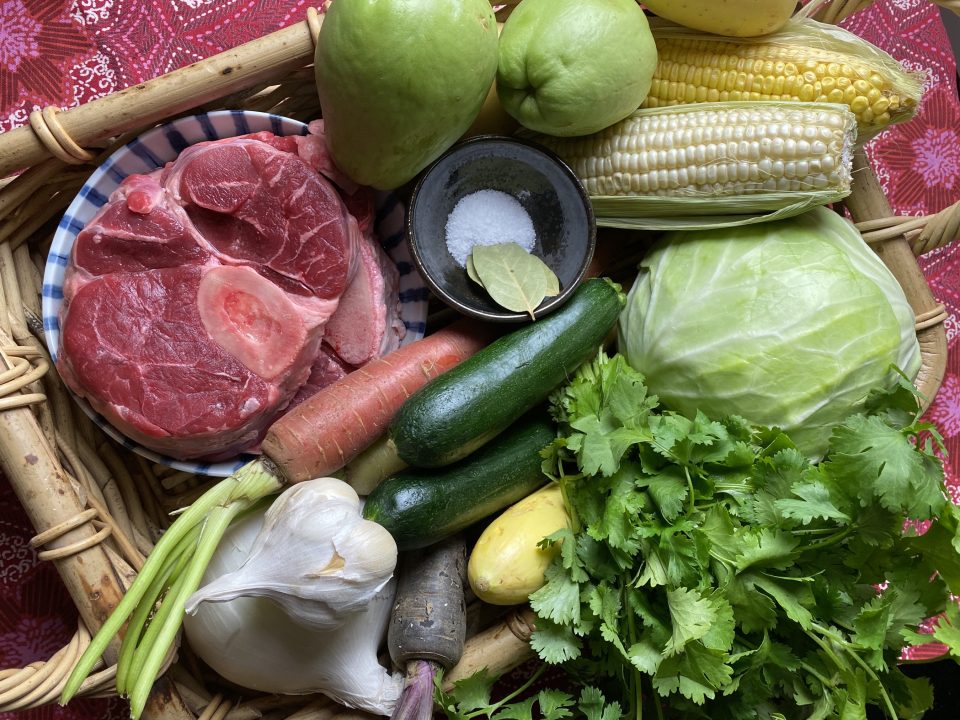
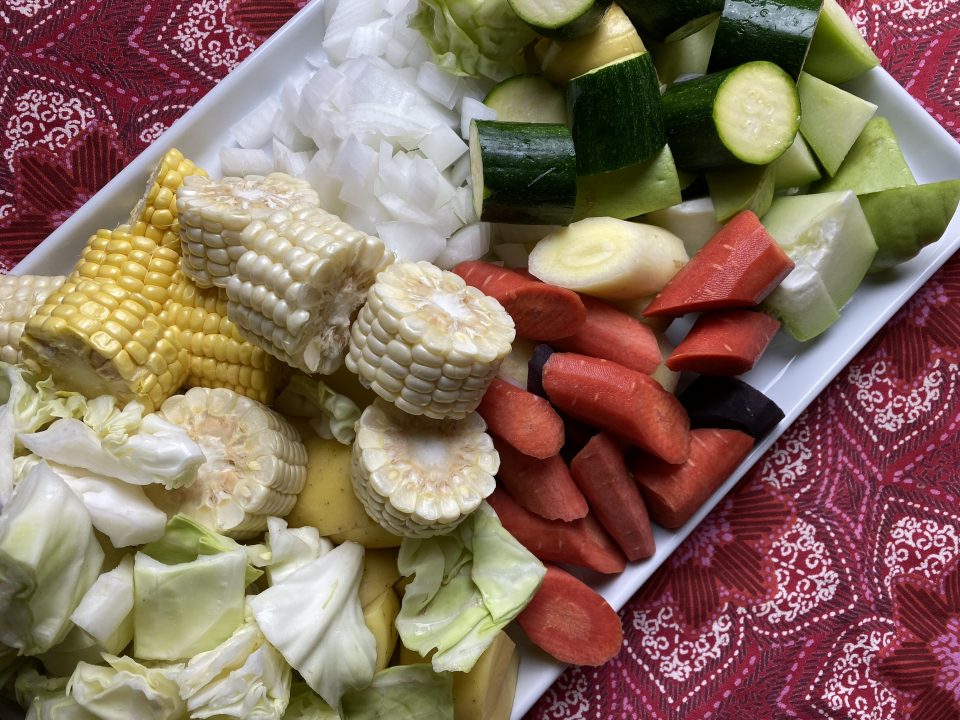

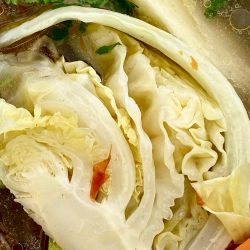



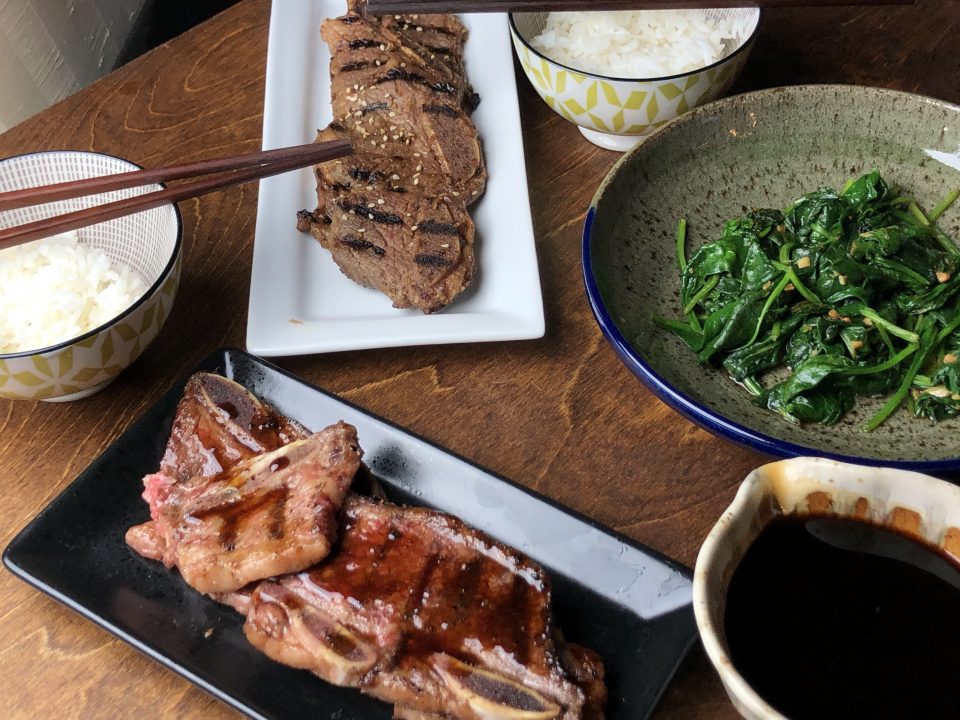
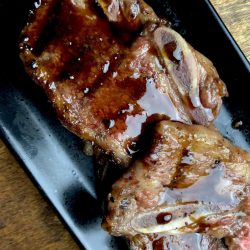
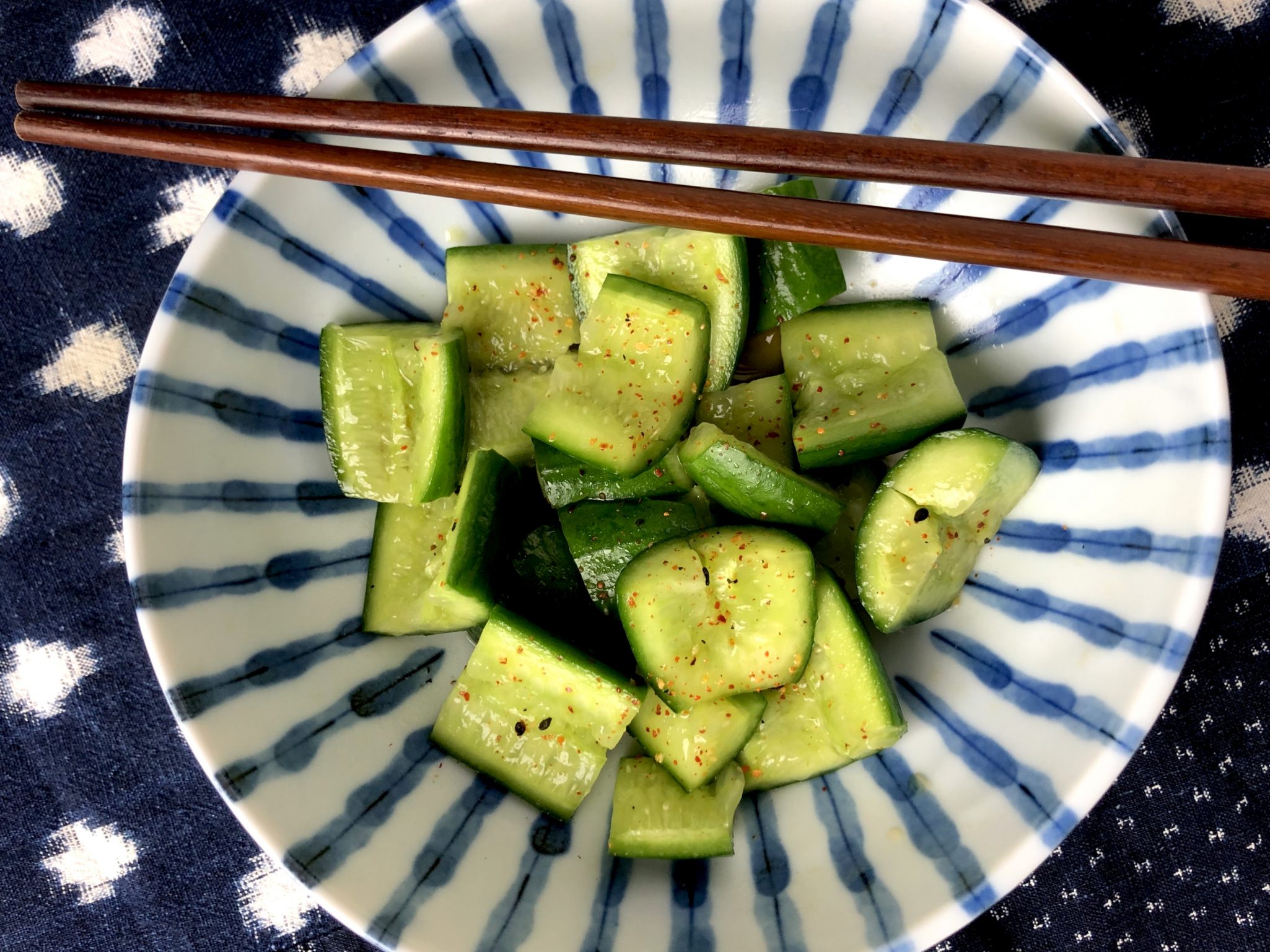
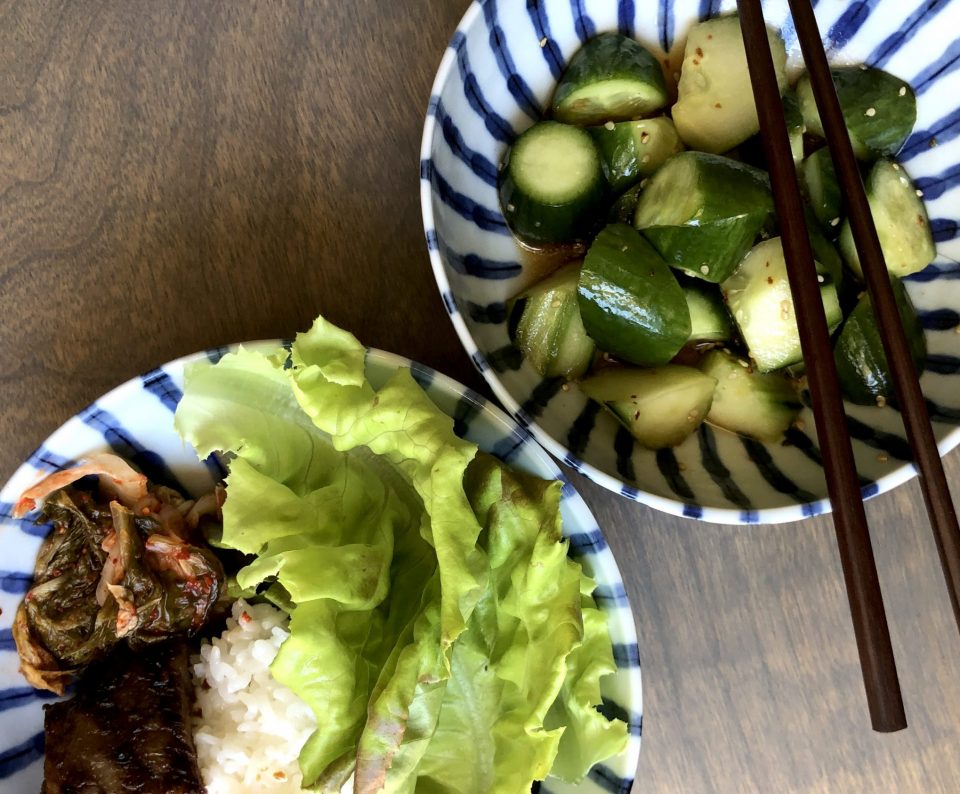
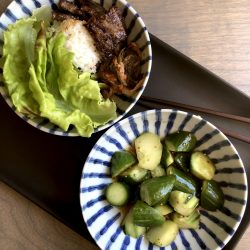
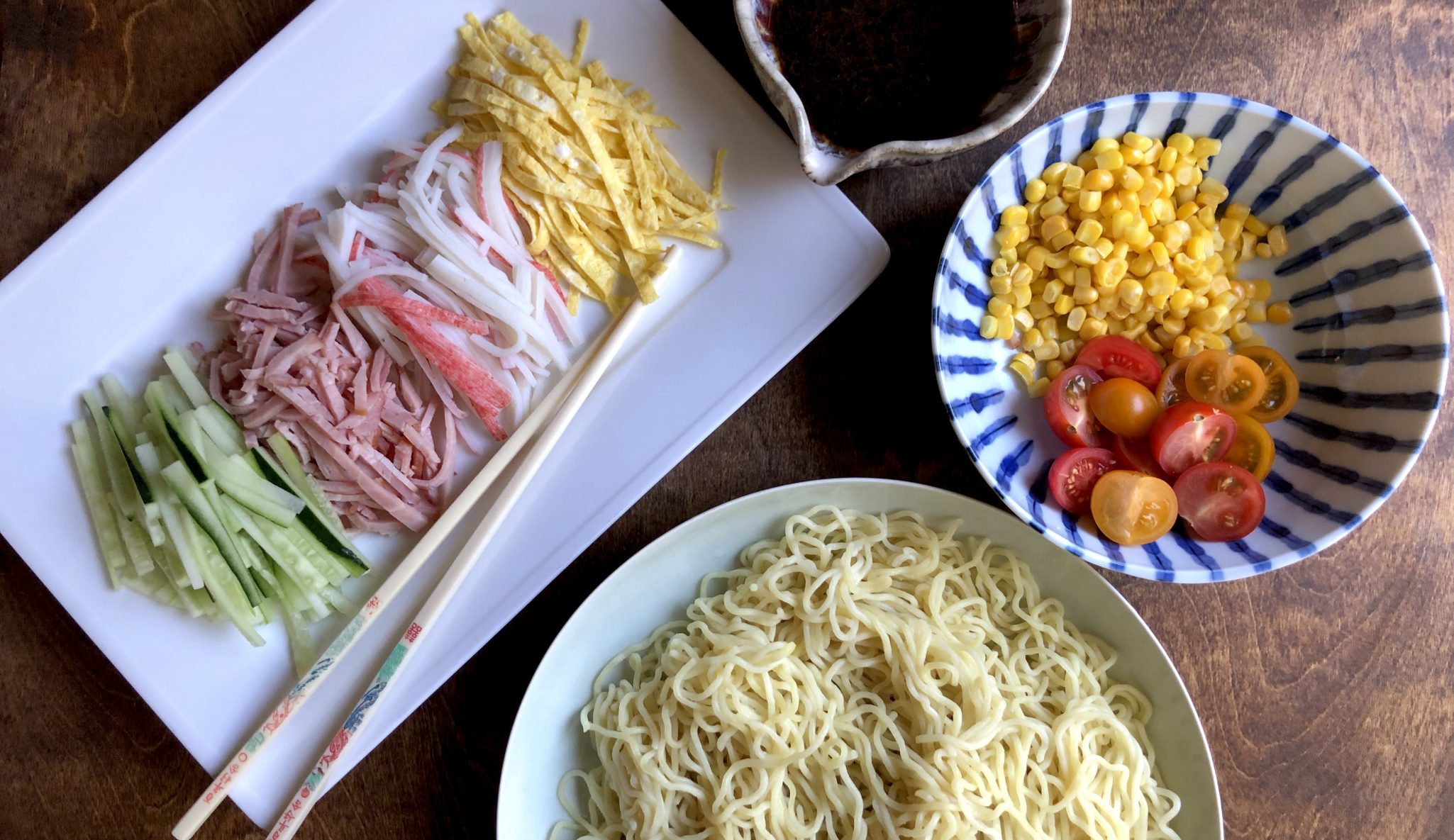
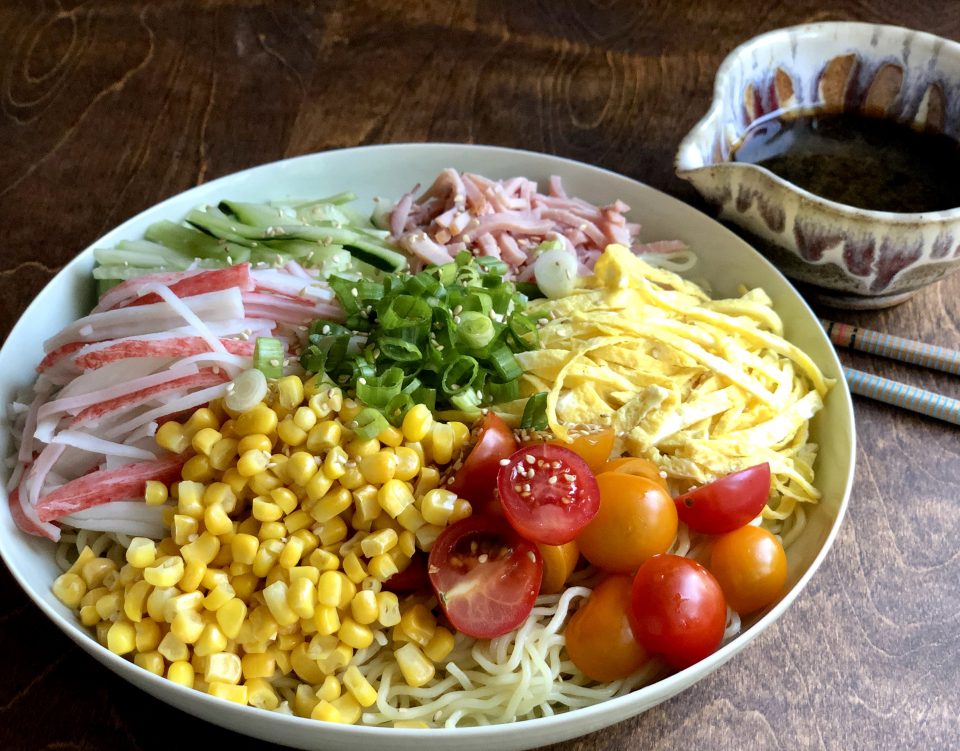
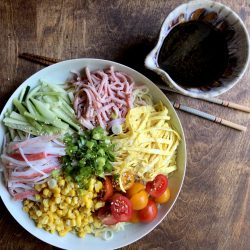

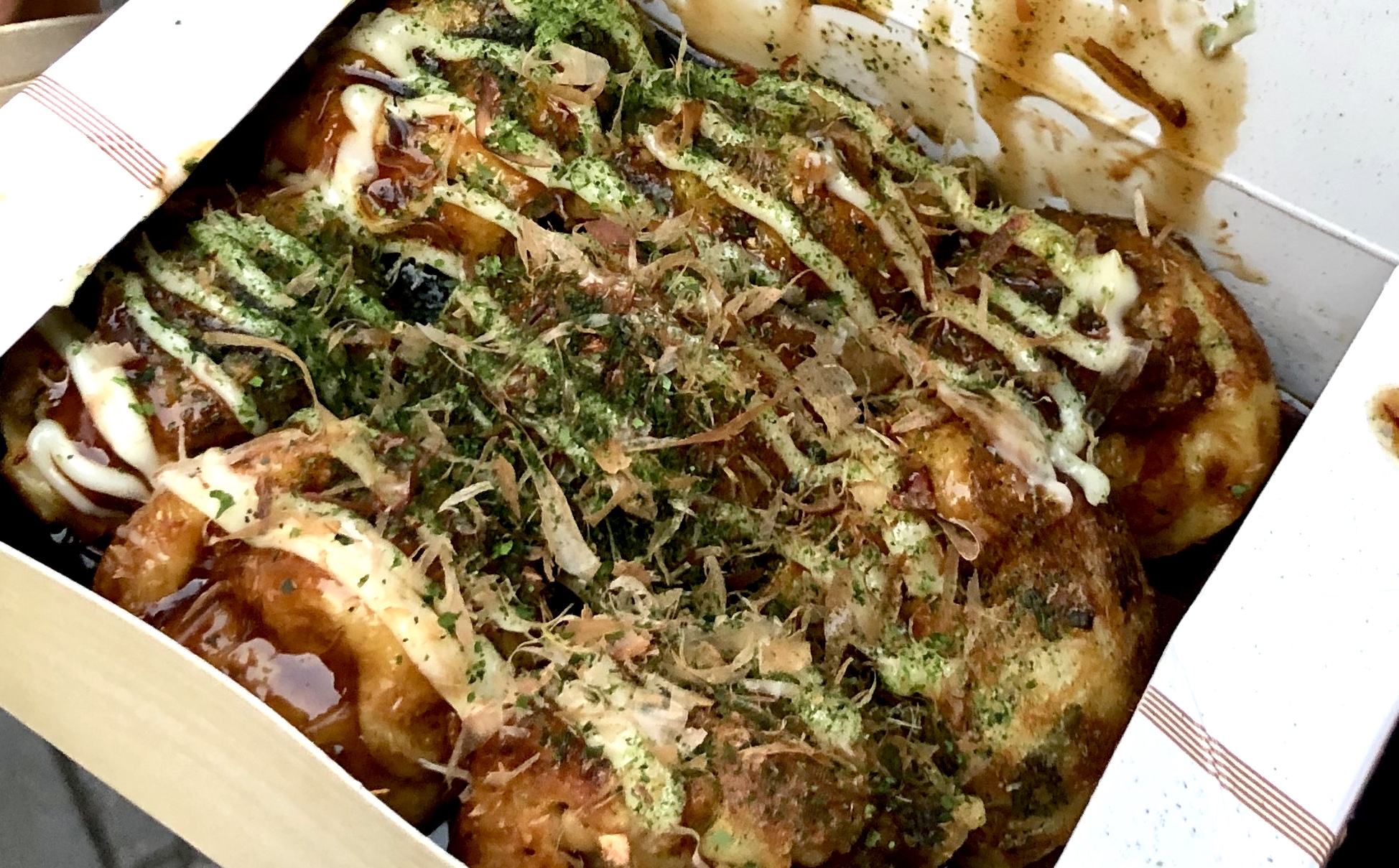
 Early morning at a local street market
Early morning at a local street market Our cooking class with Joungy began with a visit to the market to buy ingredients, a Korean Veggie primer!
Our cooking class with Joungy began with a visit to the market to buy ingredients, a Korean Veggie primer! I was mesmerized watching this gentleman grind chili peppers into Gochugaro powder.
I was mesmerized watching this gentleman grind chili peppers into Gochugaro powder.
